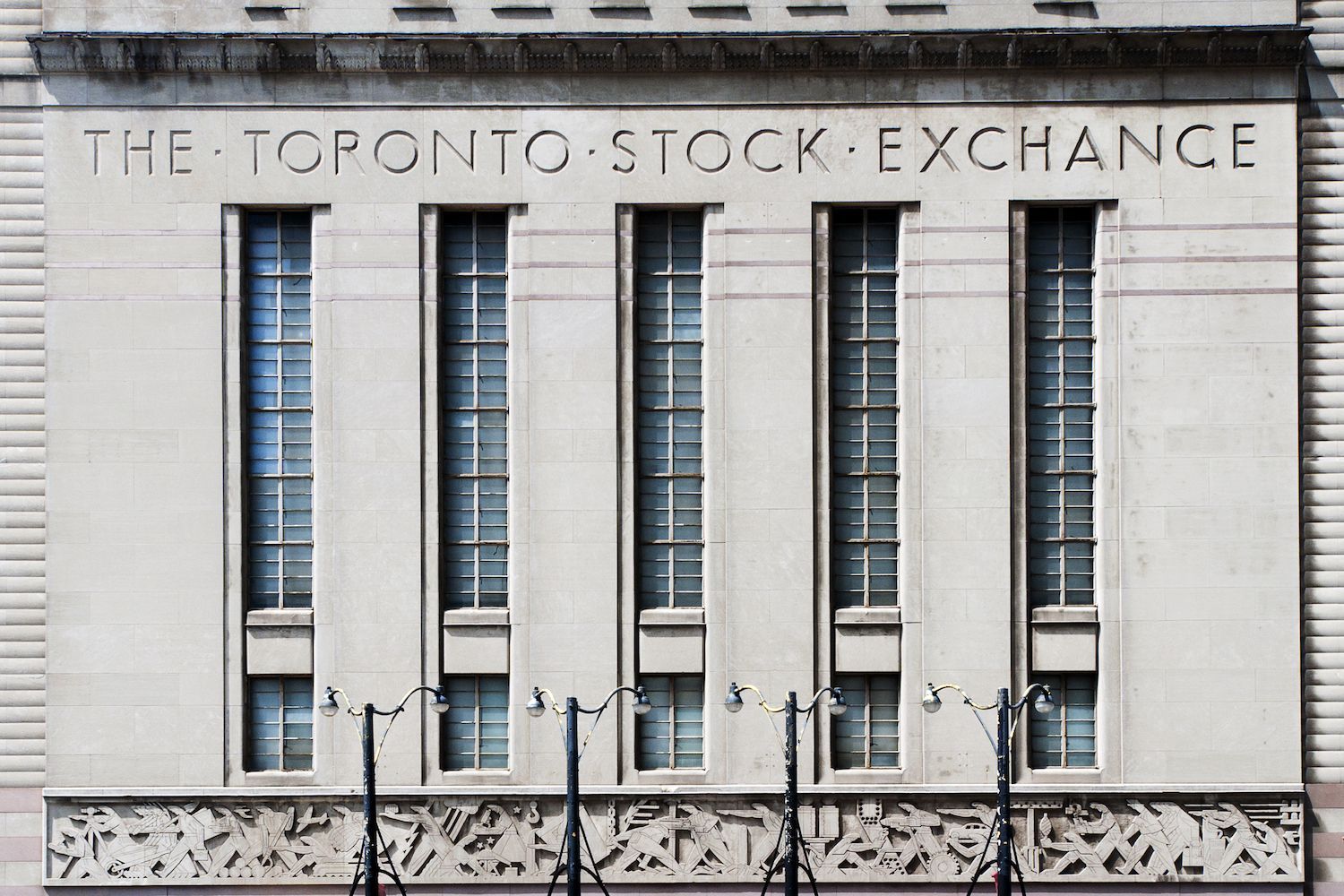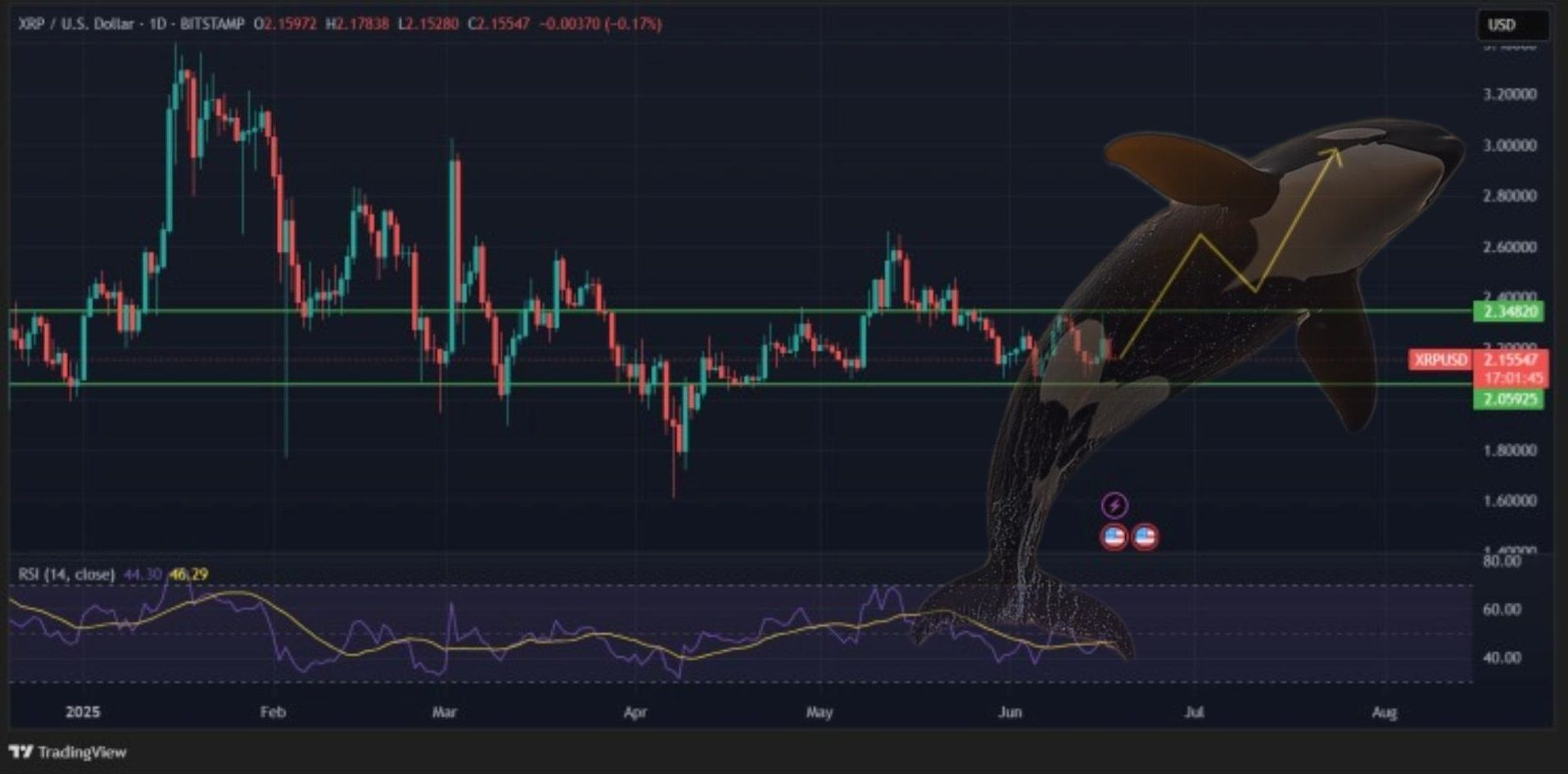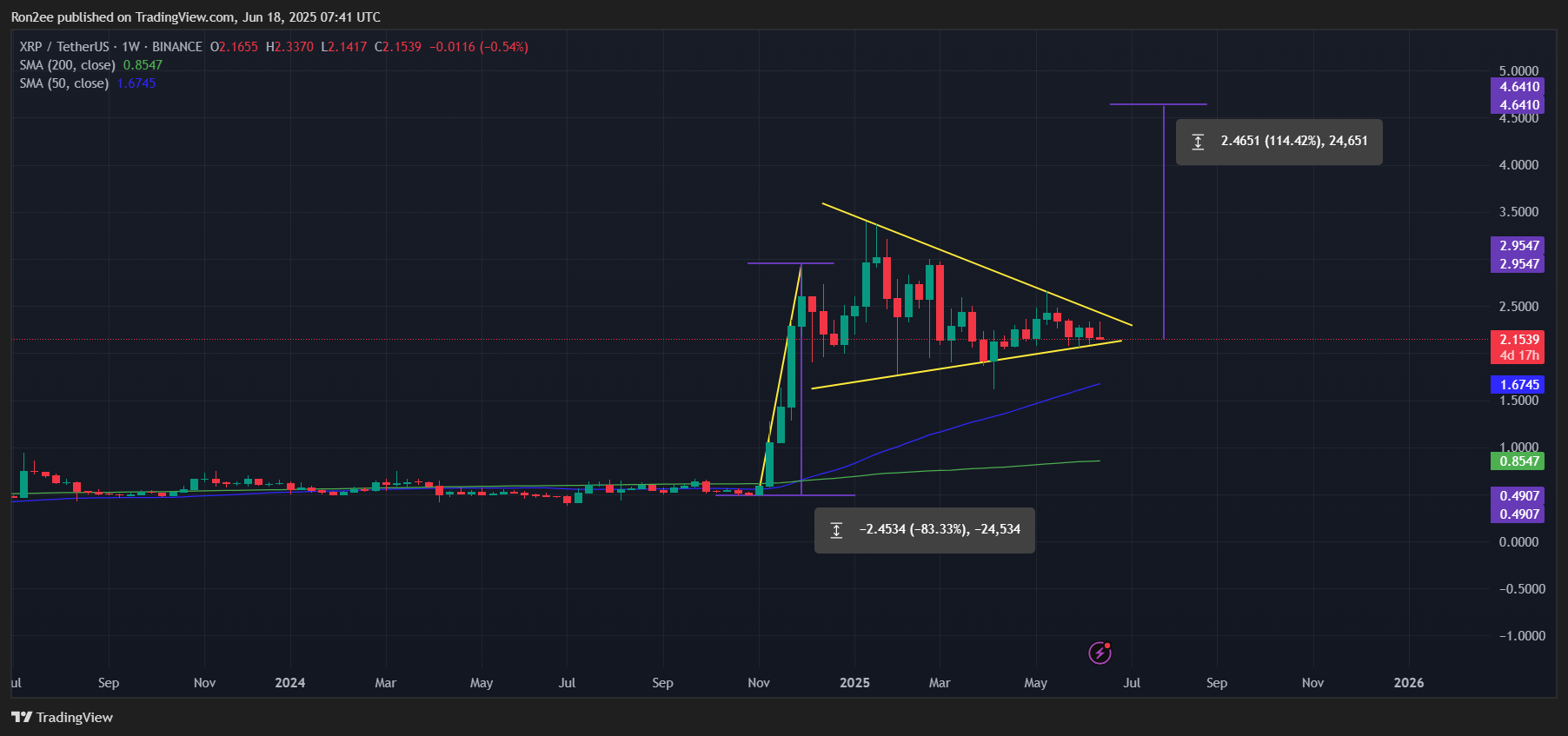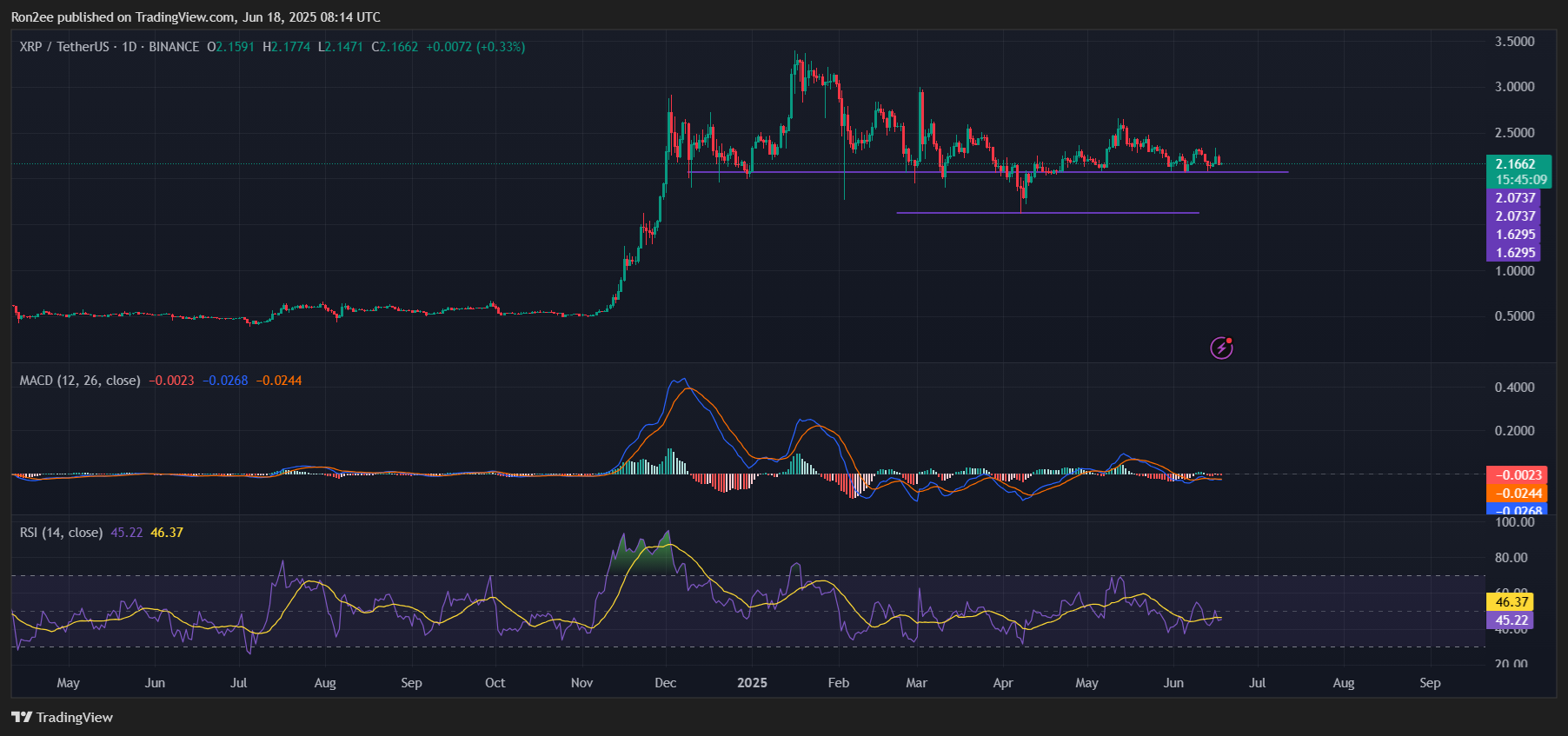The World’s First Spot XRP ETF Debuts in Canada
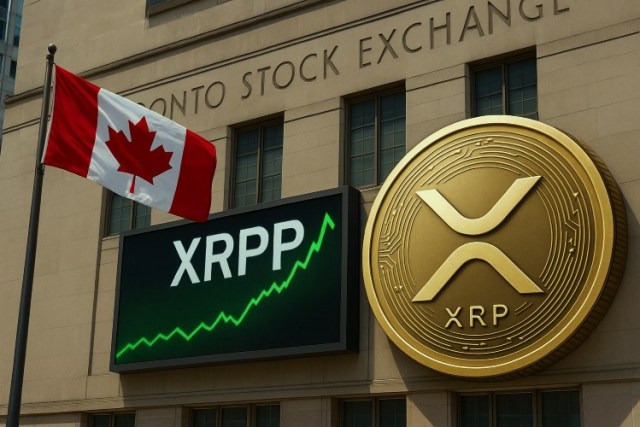
Opening today, Purpose Investments’ XRP ETF (ticker XRPP) has become the first fund anywhere to offer investors direct, regulated exposure to XRP, the cryptocurrency behind Ripple’s payment network, through an exchange-traded vehicle. Trading began on the Toronto Stock Exchange at the opening bell, marking another Canadian first in digital-asset finance after the country pioneered spot bitcoin and ether ETFs in 2021 and 2023, respectively.
Regulatory Green Light and Listing Details
Ontario Securities Commission staff issued a final prospectus receipt earlier this week, clearing the way for today’s launch. The ETF lists in three share classes: CAD-hedged (XRPP), unhedged CAD (XRPP.B) and USD (XRPP.U), mirroring the structure Purpose already uses for its bitcoin and ether products. All units give investors unleveraged, one-for-one exposure to spot XRP held in cold storage by Gemini and Coinbase, with daily transparency on holdings published to the fund’s website.
Significance for Canada’s Crypto Market
The listing cements Canada’s role as an early adopter of regulated crypto investment vehicles. By beating the United States to a spot XRP product, Canadian issuers extend their lead in offering mainstream access to alternative digital assets. Purpose chief innovation officer Vlad Tasevski said demand for “advisor-ready” structures has risen sharply since last year’s approval of multi-asset crypto funds, adding that XRP has been “one of the most requested” additions to the firm’s line-up.
Investor Appeal, Costs and Risks
XRPP charges a management fee of 0.69%, broadly in line with established crypto ETFs and well below typical fees at retail exchanges. The CAD-hedged class aims to neutralise currency swings for domestic buyers, while the unhedged and USD units cater to those comfortable assuming foreign-exchange risk. Purpose emphasises that the ETF can be held in registered plans such as RRSPs and TFSAs, removing the need for self-custody or specialist brokerage accounts. Still, the fund’s prospectus warns that XRP remains highly volatile and that regulatory outcomes in the United States, where the token is still embroiled in securities litigation, could affect liquidity and price.
Competitive and International Context
Purpose’s milestone has spurred immediate competition. Just hours after XRPP’s debut, rival manager 3iQ rang the TSX closing bell to celebrate the launch of XRPQ, a second spot XRP ETF that is waiving management fees for its first six months. The rapid follow-on illustrates both the depth of Canadian capital markets infrastructure and the scramble among issuers to secure first-mover advantage ahead of any future U.S. approvals. South of the border, firms such as Franklin Templeton and ProShares have pending filings, but the Securities and Exchange Commission is unlikely to decide before the autumn, even under its more crypto-friendly leadership.
Conclusion
With XRPP now trading, Canadian investors have a new, regulated path to one of the largest alternative crypto-assets. Supporters argue that XRP’s real-world payments focus diversifies crypto exposure beyond bitcoin’s “digital gold” narrative. Critics counter that unresolved U.S. litigation and token-price volatility make the asset a niche allocation at best. For now, the launch underscores Canada’s willingness to test regulated crypto innovation while larger markets deliberate. Whether the product attracts enduring flows will depend on market sentiment, fee competition and the pace of legal clarity abroad.



